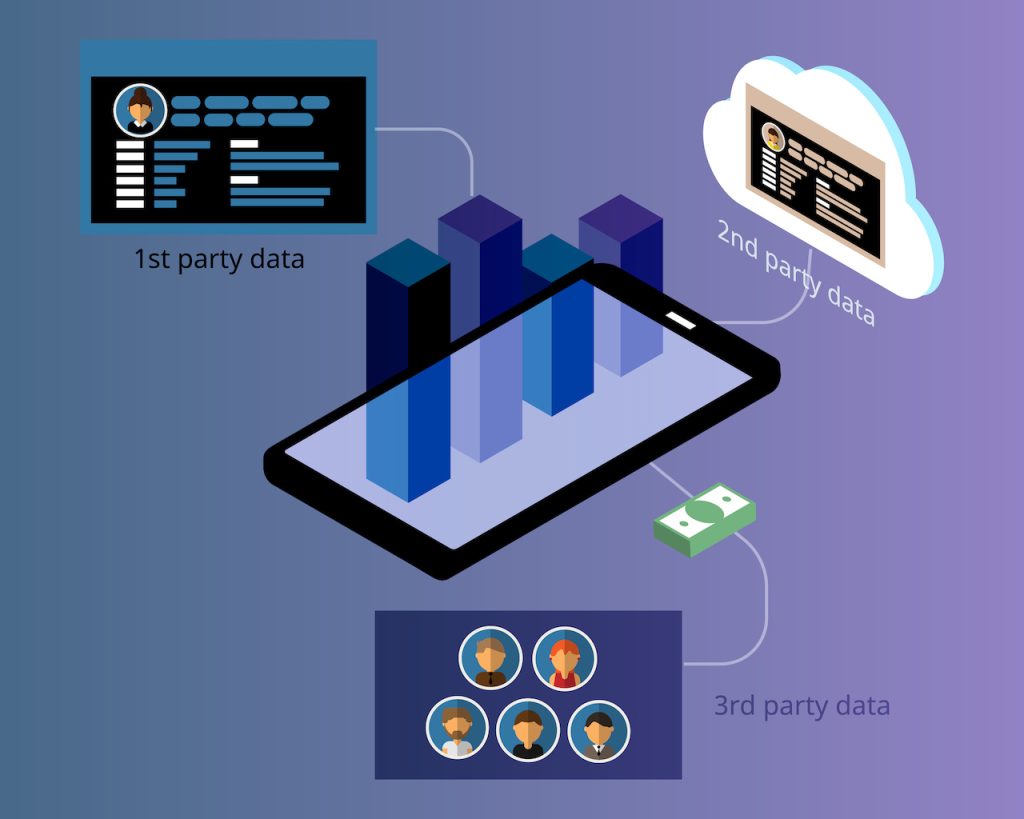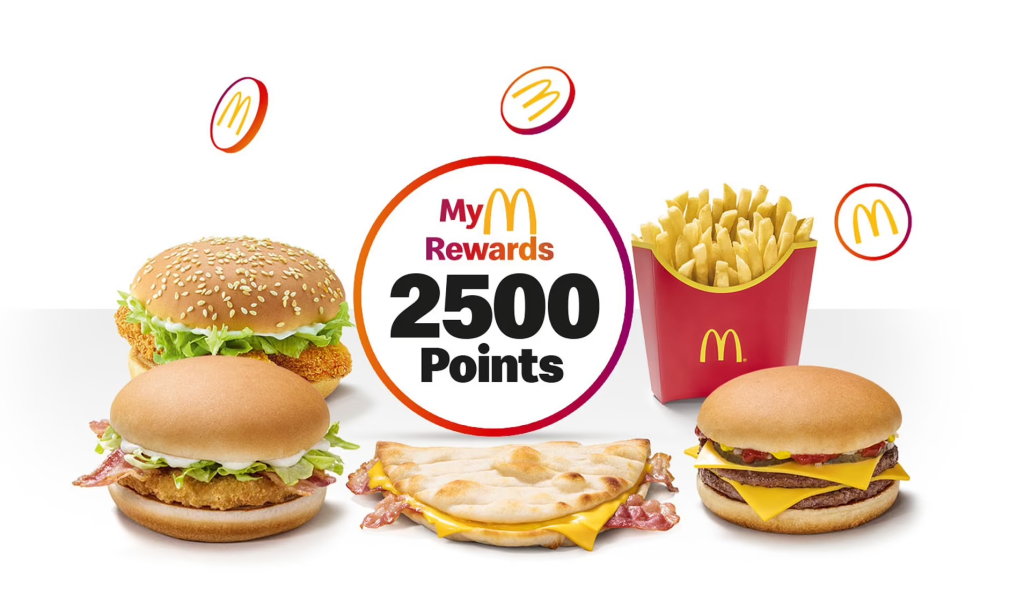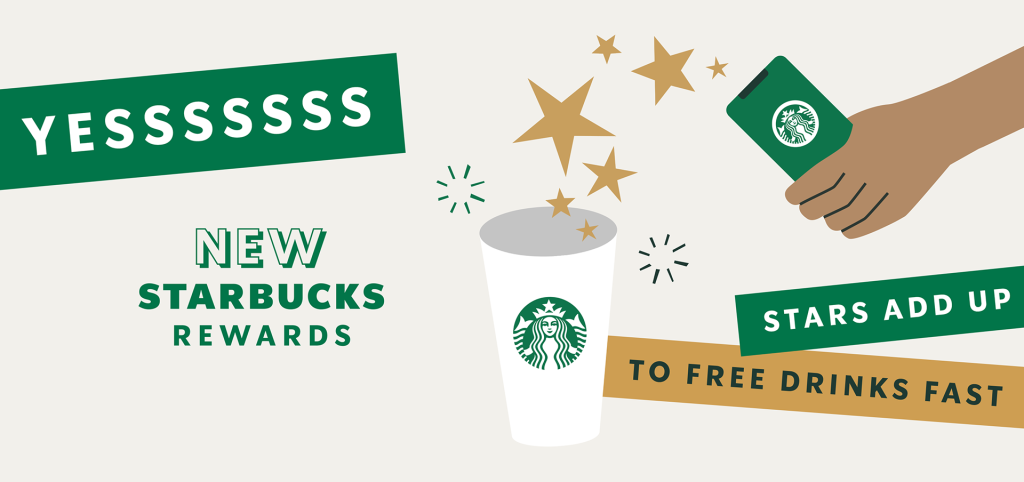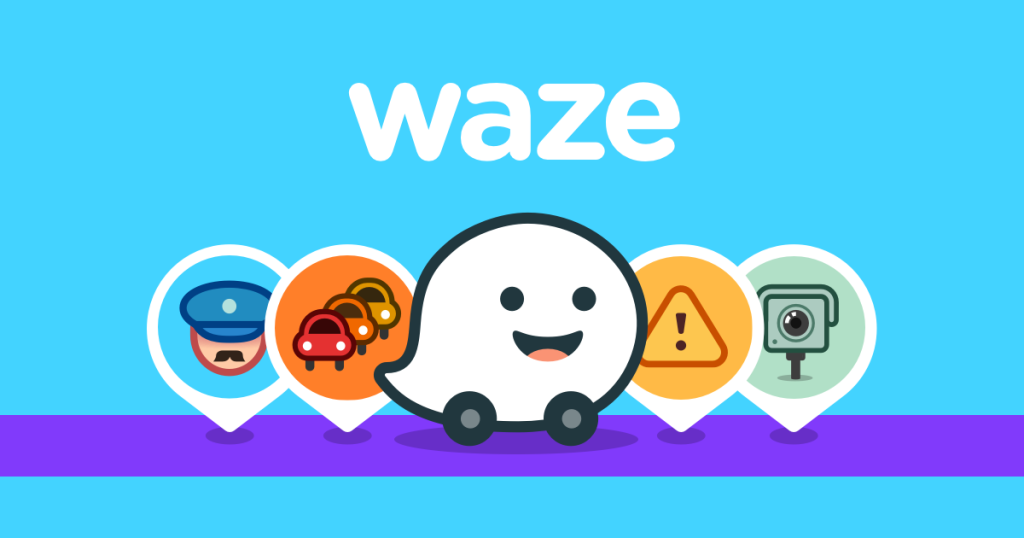I write about gamification a lot. Its something I do for a living, and even more importantly, I freaking love and enjoy writing and discussing gamification and marketing.
So when reading about gamification examples, methodologies, and points of view, I did not run into a well-researched and documented paper about gamification in marketing. Besides the one and only, of course, Yu-kai Chou whom I admire greatly. (And did an interview with a while ago!)
That is why I decided to add a piece into this fairly documented, but low with quality content, mosaic.
In the digital era where consumers are bombarded with endless content, brands are compelled to find innovative ways to stand out, engage audiences, and collect valuable data.
This is where gamification, a tool that transforms ordinary interactions into engaging, rewarding experiences, effectively boosting customer retention and loyalty, can (and does!) step in, and fill the void.
Oh, and if you’re new here and work in marketing, I have a special treat for you – I created a detailed paper on how to use ChatGPT personas for marketing managers and operators, to work smarter, faster, and with more quality results.
The Rise of Zero and First-Party Data
Before we dive deeper into the game, let’s take a moment to understand a major player in this story: first-party data. In the simplest terms, first-party data is the information collected directly from your audience. This could be behavioral data, transactional data, or even information provided by the customers themselves.
First-party data has become the holy grail of modern marketing for one simple reason: it’s reliable, accurate, and highly relevant. It offers marketers rich insights into their customers’ behaviors, interests, and preferences, empowering them to create hyper-personalized experiences.

🎯 Zero-party data: Directly given by users, holds their preferences & intentions.
📈 First-party data: Collected from your direct interactions with customers.
🔄 Second-party data: Someone else’s first-party data you acquire.
🌐 Third-party data: Collected by entities not directly involved, often aggregated from various sources.
However, gathering this data has become a complex game itself. The privacy regulations landscape has evolved significantly, impacting data collection and usage. Laws like GDPR and CCPA have introduced stricter rules for data privacy, requiring companies to obtain explicit consent before collecting personal data.
While this is great news for consumers, marketers have had to rethink their data collection strategies. This is where gamification shows its true colors as an incredibly powerful tool for first-party data collection.
The Continued Importance of Gamification in 2023’s Marketing Landscape
As we venture further into the 21st century, consumer behaviors and expectations continue to evolve. They now seek fun, engagement, and personalization from brands. More than ever, they want to be part of an interactive experience rather than passive observers. This growing demand for interactive content coupled with the increasing need for data privacy compliance has propelled gamification to the forefront of marketing strategies in 2023.
Through game mechanics like scoring points, leaderboards, and earning rewards, gamification adds a layer of interactivity that not only enhances customer engagement but also deepens their connection with the brand. This increased engagement facilitates the collection of more accurate and comprehensive first-party data, which becomes a game-changer in personalizing marketing efforts.
The Game of Zero and First-Party Data
In the realm of marketing, data is king, and first-party data is the crown jewel. As I’ve mentioned earlier, first-party data is the information collected directly from your customers or audience. Its authenticity, accuracy, and relevance make it the most valuable type of data for any marketer.
First-party data enables marketers to create targeted campaigns, predict customer behavior, and make informed strategic decisions. Its importance has only grown in 2023 as the desire for personalized marketing increases alongside the need for stringent data privacy compliance.
Privacy Regulations and Their Impact on Data Collection
The evolution of data privacy regulations has brought a new set of challenges to data collection. Laws like the General Data Protection Regulation (GDPR) in the EU and the California Consumer Privacy Act (CCPA) in the U.S. have provided consumers with more control over their personal data.
They require businesses to be transparent about their data practices and obtain explicit consent from users before collecting personal data.
While this is a win for consumer privacy, it poses challenges for marketers who rely on data to inform their strategies. It’s no longer as simple as collecting data; companies must now ensure that their data practices are compliant with these regulations. The penalty for non-compliance can be hefty fines and damage to the company’s reputation.
However, this seemingly complicated landscape also presents an opportunity. Gamification, with its engaging mechanics, encourages users to willingly share their data, making it an ideal solution for ethical and effective first-party data collection.
Gamification as a First-Party Data Collection Tool
Today, marketers are facing a conundrum: how can they gather meaningful first-party data while adhering to privacy regulations? The answer: gamification. By transforming data collection into a fun, engaging experience, gamification encourages users to willingly share their information.
Here’s the magic of gamification: it turns the mundane task of filling out a form into an exciting game. Users might complete a quiz to get a personalized product recommendation, or they might participate in a virtual treasure hunt that requires entering some personal information to claim a reward. These interactive experiences make users more likely to provide their data because they are engaged and see value in doing so.
Real-World Examples of Gamification for Data Collection
Let’s take a real-life example. Consider the case of Starbucks and its renowned rewards program. Customers earn “stars” for every purchase, which they can then redeem for free food and drinks. But, to be a part of this program, customers must sign up and provide personal information. As they make purchases, Starbucks collects valuable first-party data, such as their buying behaviors and preferences. This data allows Starbucks to provide personalized offers, thereby improving customer loyalty and retention.
Another example is Duolingo, a language-learning platform. By turning language learning into a game, complete with levels, points, and rewards, Duolingo keeps users engaged and motivates them to share their progress on social media, resulting in valuable data collection and free promotion.
The Rising Demand for Interactive and Playful Content
In the digital age, where users are flooded with information and marketing messages, it’s becoming increasingly challenging for brands to capture and hold their audience’s attention. But one thing is clear: audiences are hungry for interactive and playful content.
A study by Demand Gen Report found that interactive content grabs attention more effectively than static content (93% versus 70%). It also enhances the retention of brand messaging—interactive content is 32% more memorable than static content.
These stats underline the shift in consumer behavior. In a world where scrolling has become second nature, interactive content—especially gamified content—gives users a reason to pause and engage. It not only piques their curiosity but also satisfies their desire for active participation.
The Shift in Consumer Behavior Toward Interactive Content
In the current digital age, consumers are not just passive recipients of content but active participants. They desire engagement, interaction, and a personalized experience. This shift in consumer behavior sets the stage for gamified content to make its grand entry.
Why Gamified Content is More Engaging?
Gamified content engages users because it strikes at the core of human psychology. Below, I’ve broken down the key factors that explain why gamification is so powerful in engaging consumers.
1. Fulfillment of Psychological Needs: Gamified content taps into three basic psychological needs identified in the Self-Determination Theory – competence, autonomy, and relatedness. By giving users challenges they can overcome (competence), the freedom to make choices (autonomy), and a sense of community (relatedness), gamification boosts engagement by fulfilling these inherent human desires.
2. Progress and Achievement: Gamification introduces a progress dynamic into the content. Users earn points, unlock achievements, and progress through levels. This ‘progress principle’ taps into our human need for growth and development, creating a sense of satisfaction that encourages continued interaction.
3. Social Connectivity: Many gamification strategies incorporate social elements such as leaderboards, teams, and social sharing. These elements foster a sense of community and healthy competition, further enhancing user engagement.
4. The Power of Fun: Above all, gamified content is fun. The element of playfulness turns what could be a mundane interaction into an enjoyable experience, increasing the likelihood that users will return for more.
5. Personalized Experience: Gamification allows for the tailoring of experiences based on individual user behavior, making the interaction more relevant and engaging. For instance, if a user consistently scores high in a specific type of challenge, the system could provide more of such challenges, thereby maintaining the user’s interest and involvement.
Gamification as a Solution to Interactive Content Demand
Gamification is more than just a trend—it’s a potent solution to the ever-increasing demand for interactive content. By transforming a user’s interaction with content into a rewarding experience, gamification fosters a deeper connection between the brand and the consumer. It turns mundane tasks into exciting adventures, making consumers more likely to engage and keep coming back for more.
How Gamification Caters to the Demand for Interactive Content
Armed with the power of gamification, marketers are able to satisfy the growing demand for interactive content while also achieving their brand objectives.
Real-world Examples of Brands Using Gamified Content to Boost Engagement and Customer Retention
Here are a few real-world examples that clearly show how gamified content can drive engagement and customer retention:
KFC’s Mobile Gaming
KFC has notably ventured into mobile gaming, creating engaging games centered around its brand. One of the most noteworthy is I Love You, Colonel Sanders! A Finger Lickin’ Good Dating Simulator, where players can date a youthful, attractive depiction of Colonel Sanders.

This unusual and humorous approach not only provides an engaging gaming experience but also enhances brand visibility and popularity, particularly among younger audiences.
McDonald’s Rewards
McDonald’s has integrated gamification into their loyalty rewards program, aptly named “MyMcDonald’s Rewards.” Customers earn points for every dollar they spend, which can be redeemed for free menu items.

To keep things exciting, they also offer bonus points for select items and personalized deals. This incentivizes repeat purchases and fosters a stronger connection between the customers and the brand.
M&M’s Digital Puzzles
M&M’s has capitalized on the popularity of puzzles and games by launching an interactive campaign, Eye Spy Pretzel. This digital game challenged users to find a pretzel hidden in an image full of M&M’s.

The campaign was a huge hit, leading to a significant increase in engagement and brand awareness. By transforming an advertisement into an interactive game, M&M’s provided a fun, memorable experience for its audience.
Starbucks Rewards
Starbucks launched an app-based loyalty program that utilizes gamification principles. Users earn “stars” for each purchase, which they can exchange for free food and drinks.

The app also offers challenges and exclusive member events to earn more stars, creating a sense of excitement and anticipation with each purchase. It’s a win-win situation; consumers get rewarded for their loyalty, and Starbucks enjoys increased customer retention.
Duolingo
This language learning platform uses gamification brilliantly to make learning a new language feel like a game. It has daily goals, streak counts, and rewards to motivate learners. The lessons are designed as short games, which keep users engaged and make learning fun and interactive. It’s a classic example of how gamification can transform a typically demanding task into an enjoyable experience.
Waze
Waze is a navigation app that uses gamification to engage its users. Drivers earn points for reporting traffic incidents, which contribute to their overall rank as Waze user.

This gamified approach not only makes using the app more engaging but also helps improve the service for all users by encouraging active participation.
The potential of gamification in marketing in the coming years
As we steer through the digital landscape, the role of AI-powered gamification in marketing strategies is set to be more prominent than ever.
Not only is it enhancing the gamified experiences but it’s also steering the future of interactive content, making it a must-have tool for leveraging zero and first-party data.
Evolving trends and technologies influencing gamification strategies
AI is playing a pivotal role in customizing the gaming experience for users. By analyzing user behavior, preferences, and interactions, AI can generate personalized game scenarios, tasks, and rewards that drive deeper engagement and increase the chance of data collection.
AI’s ability to learn and improve from data means the more users interact with the gamified content, the better the system gets at offering an engaging, immersive, and personalized experience. The personalized touch ensures a higher rate of user participation, thus providing marketers with a richer source of zero and first-party data.
Moreover, AI is enabling predictive analytics in gamification. It helps marketers forecast user behavior and adjust the gaming elements accordingly. This proactive approach ensures sustained user engagement, continuous data flow, and improved marketing outcomes.
The future of interactive content driven by AI
The dawn of interactive content, powered by AI, has seen a major shift in how businesses communicate with their consumers. Interactive content not only boosts engagement rates but also enables marketers to gather rich, behavioral data.
Consumers of 2023 and beyond demand personalized, engaging experiences – and AI-powered gamified content can deliver just that. The interactivity of such content ensures consumers are not just passive receivers of information but active participants, increasing their recall and connection with the brand.
As AI technologies continue to evolve, we can anticipate an even more dynamic shift in the creation and consumption of interactive content, making gamification an integral part of the modern marketing toolkit.
Recap of gamification’s role in addressing marketing struggles
In the final analysis, gamification, particularly AI-powered gamification, is revolutionizing marketing. Its ability to turn marketing into engaging, interactive experiences has significant implications for first-party data collection, meeting the demand for engaging content, and bolstering customer loyalty.
As technology continues to leap forward, gamification’s potential seems limitless. Embracing this trend is no longer a matter of ‘if’ but ‘when’ and ‘how’ for forward-thinking marketers.
If you enjoyed this article read more about how AI can help leverage the benefits of gamification in marketing in blogpost I wrote on how AI gamification is transforming the landscape of user experience.
